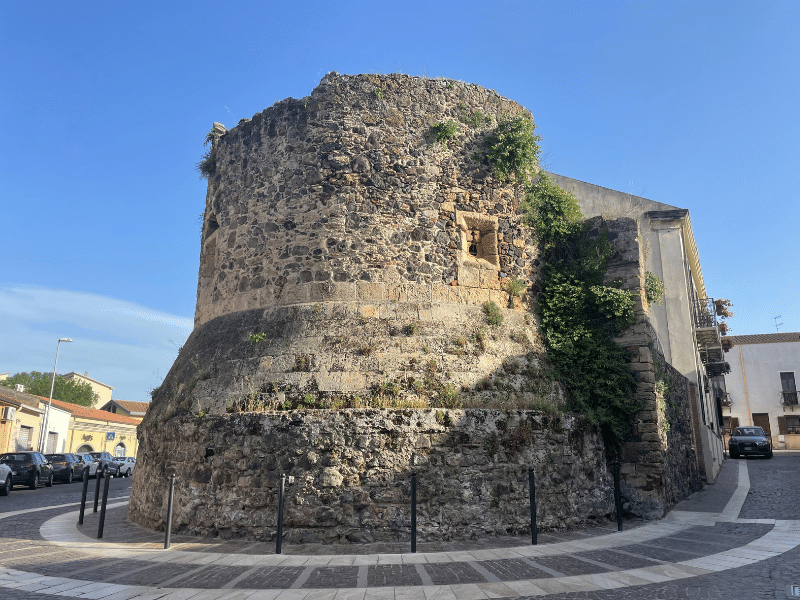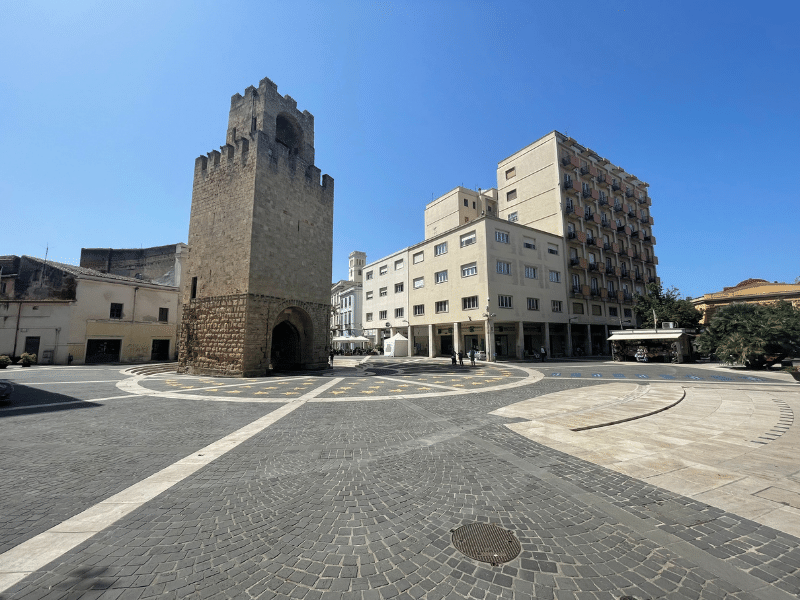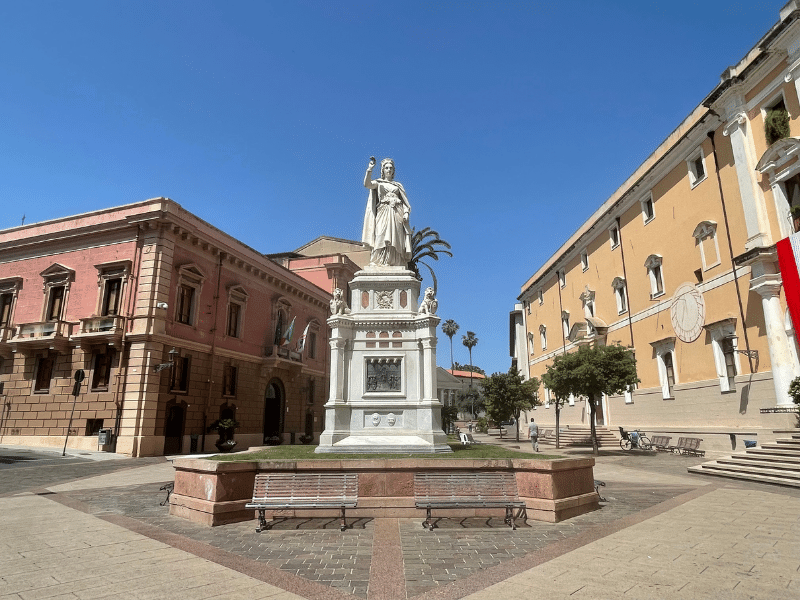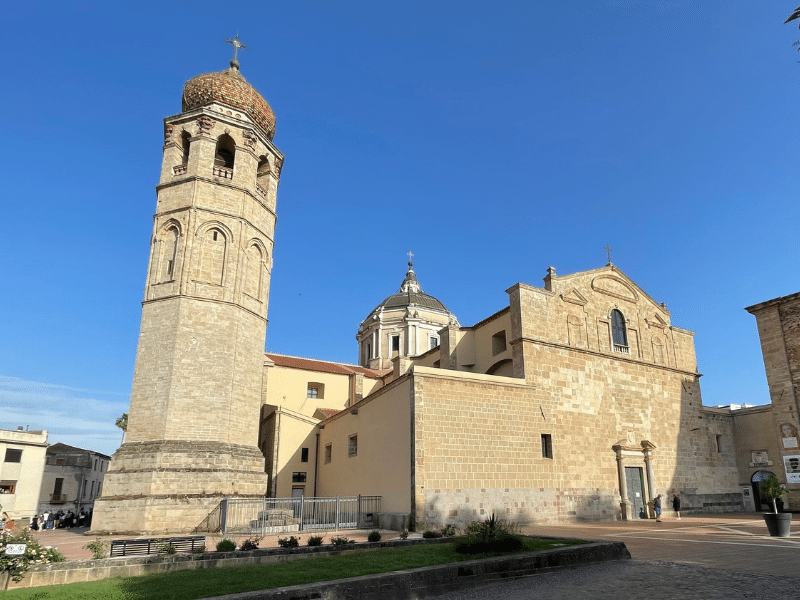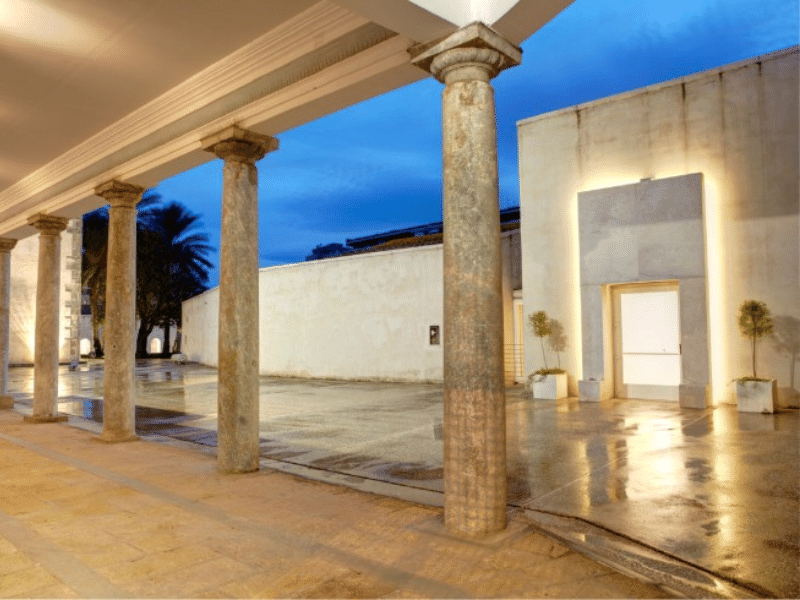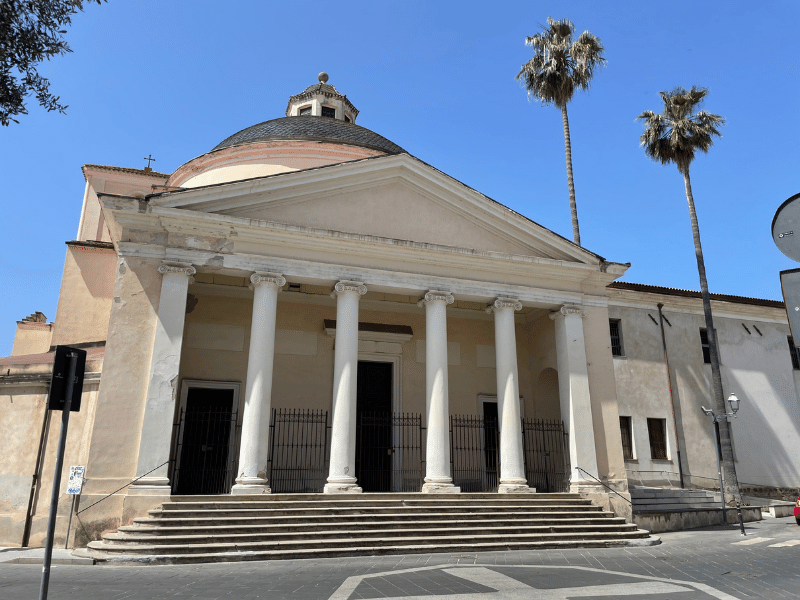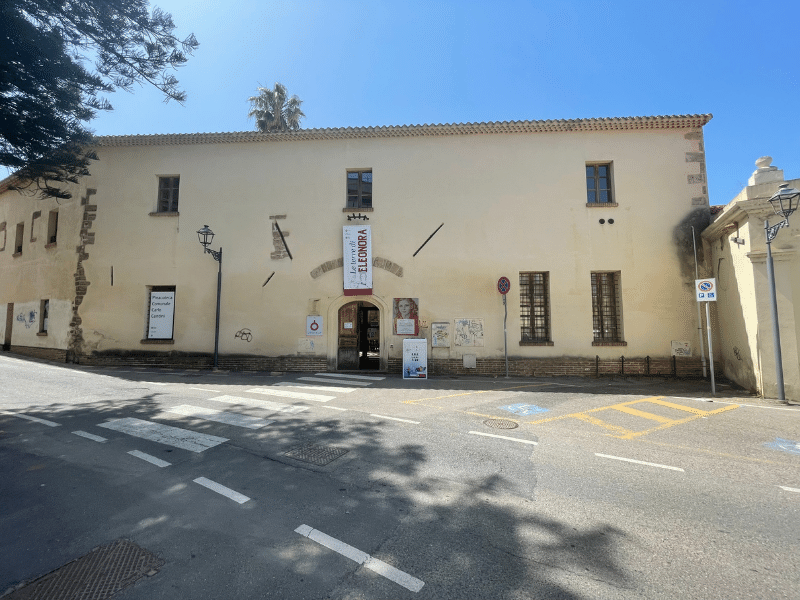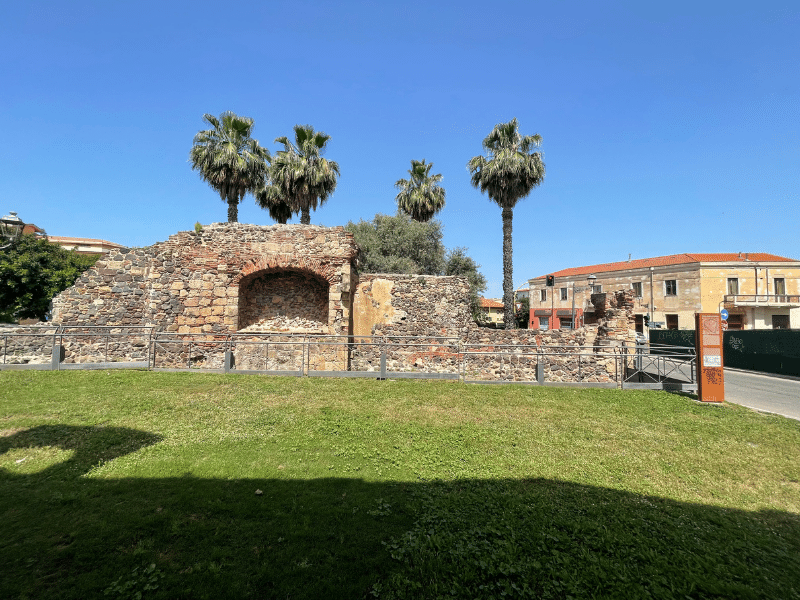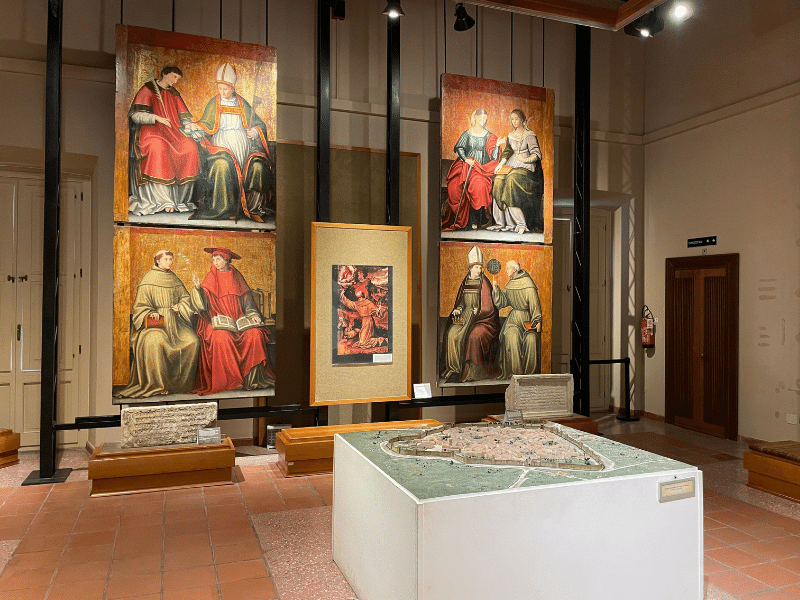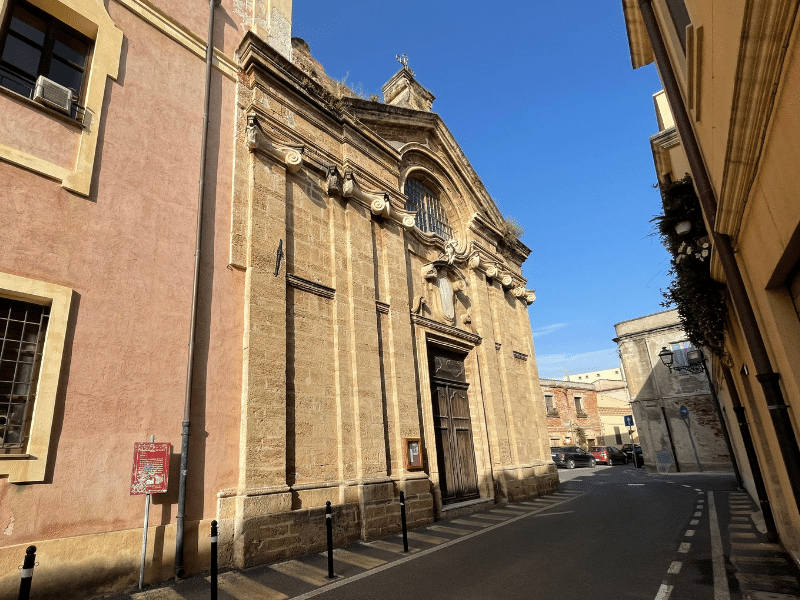A stroll in the old town of Oristano is equivalent to a journey deep within the many eras that the city underwent in its history, ever since its earliest times.
Along its silent streets and within the historical center’s museums, it is possible to come across live testimonies dating back to the medieval era, such as fragments of the city walls, towers, churches, monasteries, sculptures, monuments, illuminated manuscripts, altarpieces, all telling of a millenary history rich in glorious moments, but also in sad circumstances. A captivating history, accompanying any visitor along a must-see cultural full-immersion.

